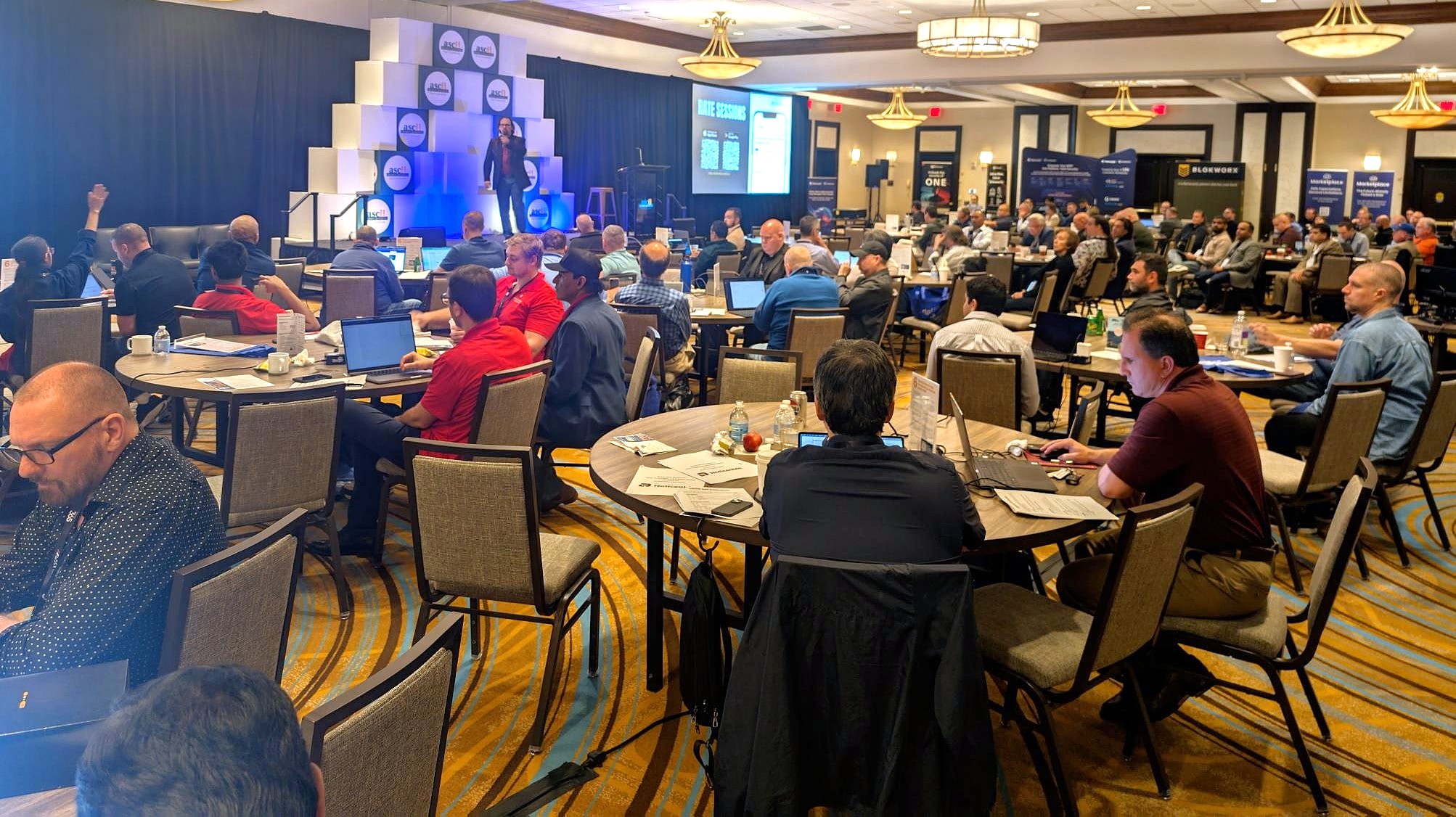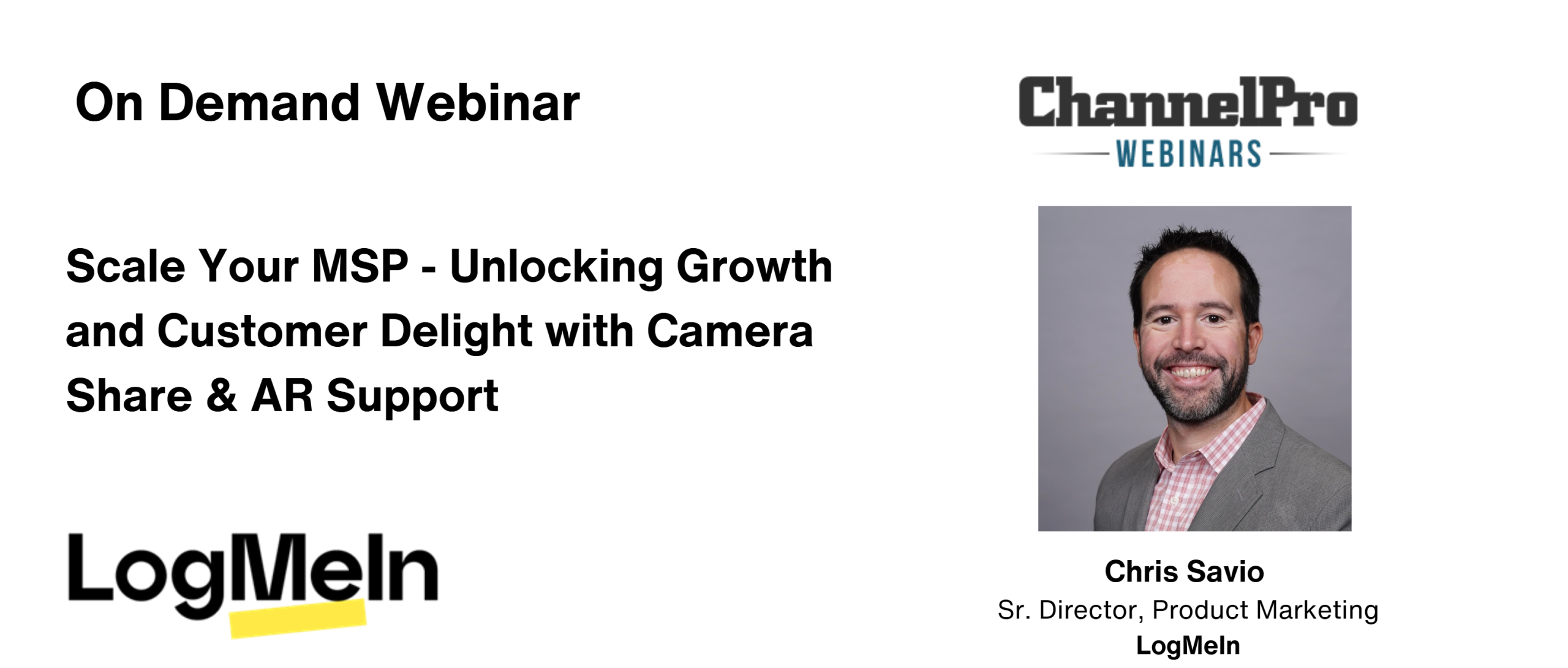 A New Take on the Managed Services Platform: Paglo
A New Take on the Managed Services Platform: Paglo
SaaS-based search engine technology can be used as a rapid assessment tool or as a replacement for other managed services platforms.
Brian de Haaff, CEO of Menlo Park, Calif.-based Paglo, is passionate about his company’s on-demand IT platform, also known as Paglo. The product is a SaaS-based search engine designed to enable IT administrators and managed services providers (MSPs) to discover and store all of their IT data and solve computer, network, and user problems. Executive Editor Cecilia Galvinalvin spoke with de Haaff to find out why he started the company and where he expects to take it.
ChannelPro-SMB: Why did you develop the Paglo platform?
de Haaff: If you look at the IT management landscape, it is incredibly splintered, with tools for just about everything. But there really hasn’t been a comprehensive platform that solves all the problems that you run into in the domain of IT management–whether you are managing your own company’s IT infrastructure or you’re providing services as an IT consultant or MSP.
It became clear that we needed to build a platform that could automate the collection of all of the data from the environment–and when I say all the data I mean everything: computers, servers, networks, users, and anything else you want to put into an index. So we took a search paradigm, which handles continually changing data, to the IT management problem. 
ChannelPro-SMB: How do IT consultants and MSPs use Paglo?
de Haaff: There are two ways. First, there is a huge need in the market for people to do rapid assessments. So if you’re pitching a new client and need to understand what’s going on in that environment, you can’t walk in with a big server under your arm and ask them to install it. Paglo is deployed using one single piece of software–it’s a crawler that runs in the environment and collects the data, then securely transfers it to a tier-one data center that we use. So as an index, it makes it easy for people to do assessments. We see lots of use of Paglo for that.
The other way to use Paglo is as a replacement for existing [managed services] platforms. Especially in this economy, the idea of having to deploy a server at each client location is painful and costly. And having to manage the cluster of servers and the software running on them at headquarters often requires a full-time body. Finally, with our on-demand, pay-as-you-go model, our business is perfectly aligned with what MSPs are delivering–a service.
ChannelPro-SMB: You recently announced new applications for Paglo. Can you provide some information on those?
de Haaff: What we announced was server and virtualization management applications for system management, which we are providing at no additional cost beyond the platform. So IT professionals and VI [virtualization infrastructure] administrators can automatically discover, securely store, search, and visualize all of the IT data needed to manage their physical and virtual machines through one platform.
The new server monitoring applications provide a unified view of all distributed physical and virtual VMware machines, along with the ability to search and report on them. It also searches and analyzes historical data about the VMs, including how their configuration compares to other instances and has changed over time. The applications allow for automated alerting based on critical machine and process thresholds that the customer defines, as well as any downtime. You can even see trend data for capacity planning and audit purposes.
ChannelPro-SMB: Do you offer any custom branding opportunities for MSPs?
de Haaff: MSPs can brand the interface itself as their own, as well as reports. If they need an executive summary for a client at the end of the quarter, for example, they can put their client’s logo on it and their own logo to brand it.
Paglo is multitenant on the back end in terms of how we manage the system, and it is also multitier from the consultants’ perspective. So they can monitor and manage as many clients as they want directly through one master account, and we allow them to custom brand across all of the accounts if they so choose.













